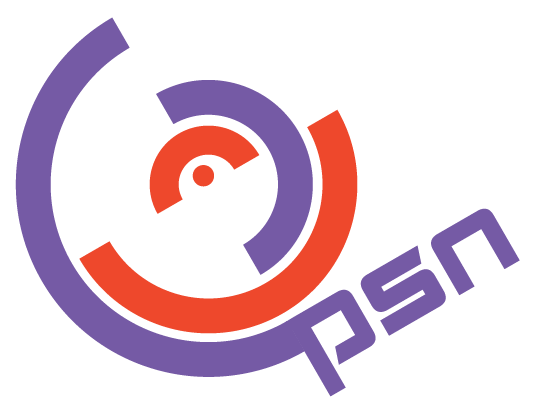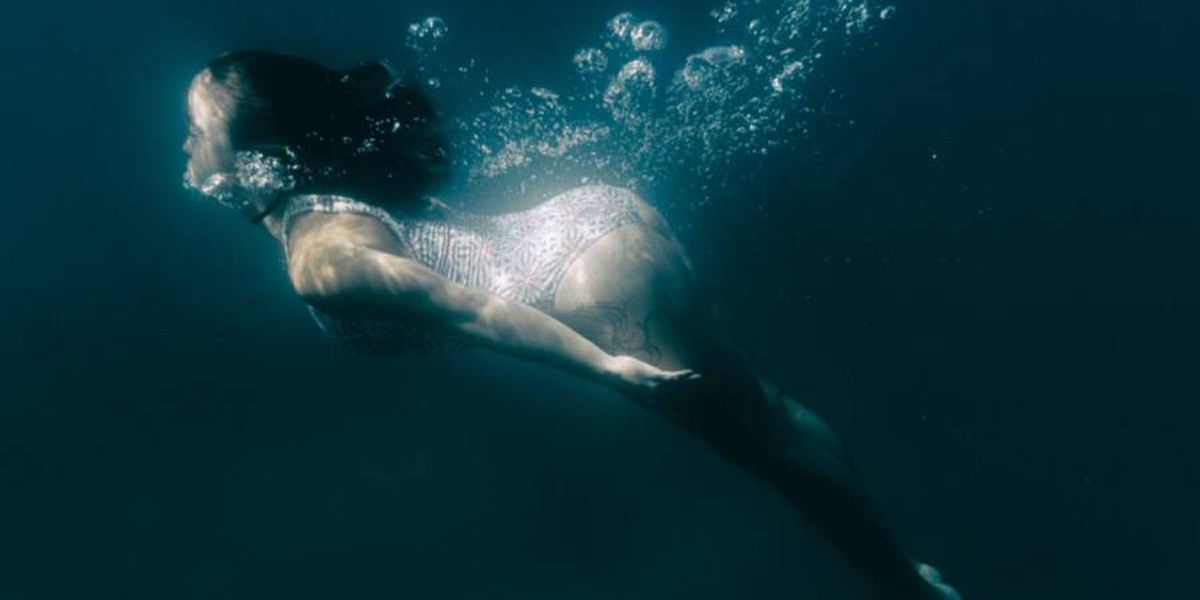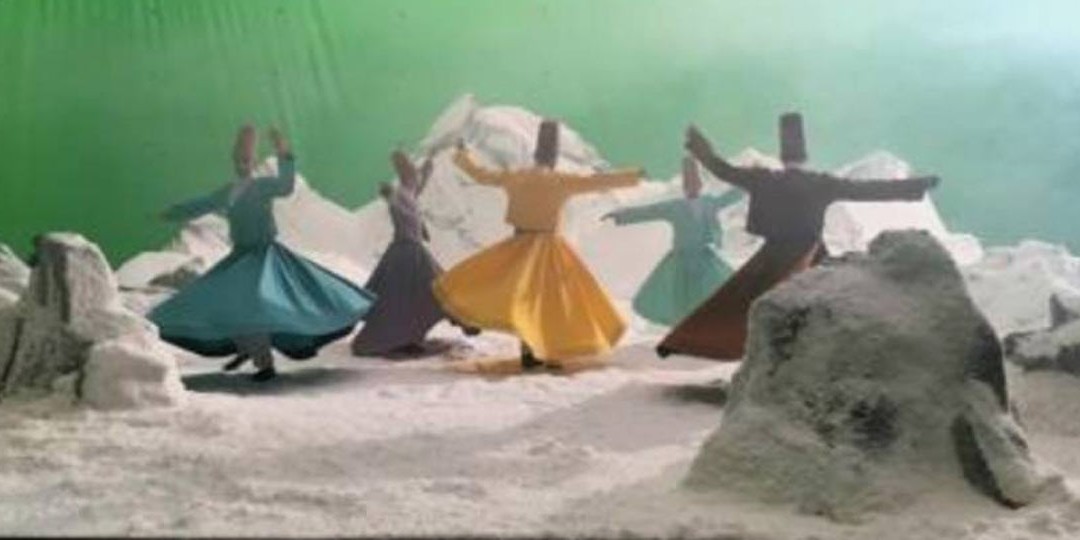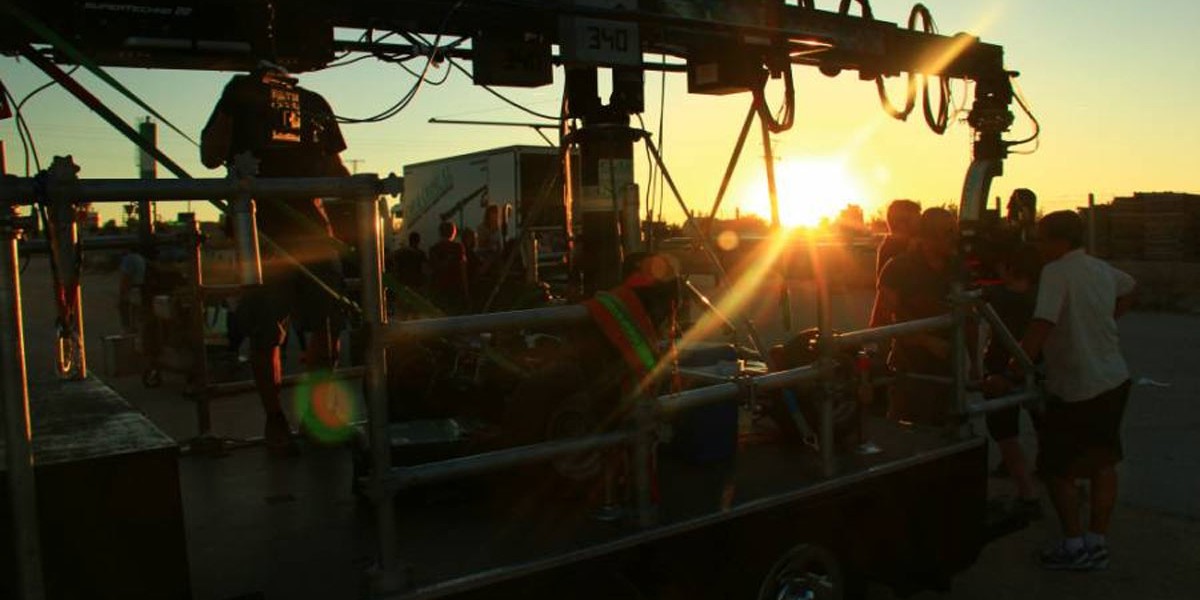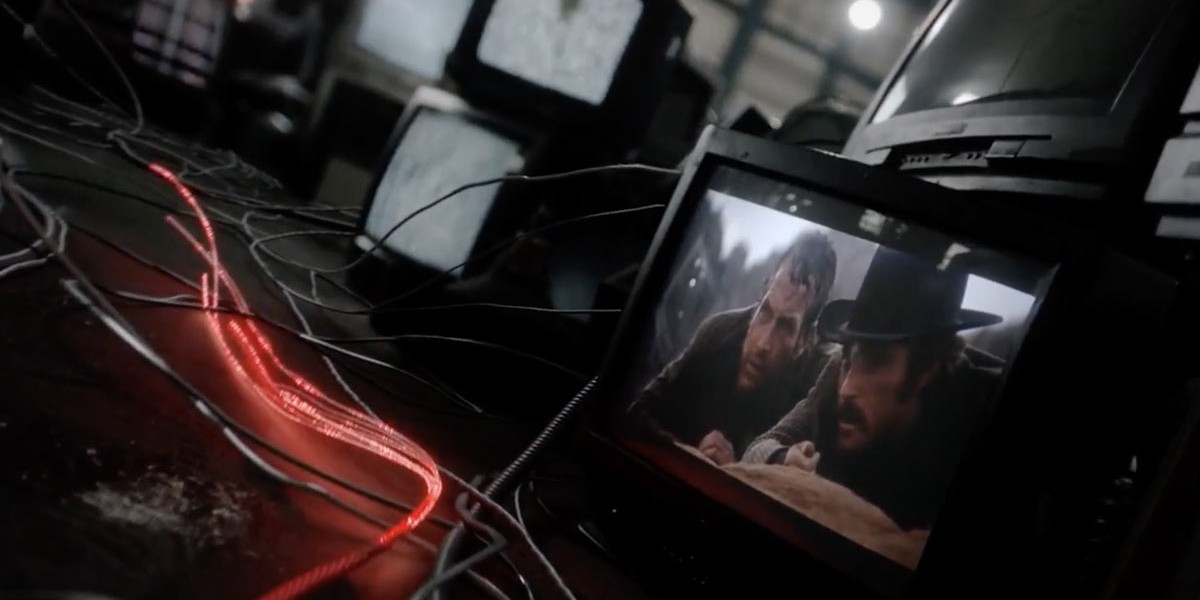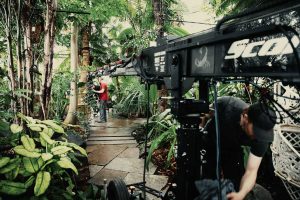Our production industry faces an unprecedented challenge as countries emerge from lockdowns designed to minimize the spread of COVID-19 and prevent unnecessary burden on local health services. How to resume filming in a safe and comfortable environment for everyone to do their best creative work.
PSN Partners are already shooting live action in more than 40 countries in adherence with local government and WHO recommendations. We’re putting our boots on the ground experience at the service of our industry to help restore the confidence of crew, talent, brands, and studios.
This working document is a collection of individual measures in use by PSN Partners executing productions now. As a whole, the document does not constitute any legal or contractual obligation. It provides suggestions from the production trenches to be incorporated in individual production service agreements.
We encourage content creators to develop concepts that can be achieved within realistic timelines without compromising the required safety measures.
PSN and its Partners are committed to cooperating with local health authorities, governments, leading industry associations, our clients and crew to fine-tune these measures in the weeks and months ahead to ensure a safe and sustainable return to the workplace.
Before Shoot
Budgeting
- Allow for backup crew & talent in case of illness.
- Allow for isolation housing of crew / talent who need it.
- Allow for a Certified Medic / Nurse on set and adherence to all agreed health & safety guidelines. 1 Medic for each 20 pax is suggested.
- Allow for a certified Risk Prevention Officer, or local equivalent, on shoots involving more than 10 people.
- Allow time for sanitization breaks.
- Allow sufficient 1st AD days to prep remote shooting workflow and delivery of transcoded rushes with Director and Clients.
- Allow additional prep/wrap time as required for deep cleaning/sterilization of equipment e.g. 2nd AC for camera; Props; Wardrobe; etc
- Allow time for department ‘pods’ to step in & step out of set.
- Allow for multiple monitors to permit viewing without crowding.
- Adapt voice-to-camera scripts for boom mic wherever possible.
- Budget overtime by crew line item or department to facilitate client cost supervision during staggered crew/department rotations on set.
- Consider intimacy coordinators to comfort actors perfoming w/o distancing.
- Consider that a well-rested crew is a healthy and alert crew.
- Consider hiring all crew for shoot duration to increase isolation from others.
- Consider advantage of pre-light and set dressing days.
- Accept that any government change to health & safety protocol may necessitate a budget update.
- Accept that the cause of additional costs or claims related to COVID-19 is likely to be considered force majeure. Just as with a weather day, clients will be responsible for covering unforseen costs that may include no-shows, delays, cancellations, or government measures related to the same. Contractual penalties habitually agreed to by the production service company do not apply.
- Accept that the production service company will be reimbursed for third-party costs, its own services, calculated operation costs, and profit (MU) in case of a studio / client / agency cancellation of an awarded production. The same cost considerations will apply proportionally in case of a studio / client / agency postponment of the production.
Pre PPM and PPM
- Conduct all stakeholder meetings remotely.
- Remain mindful of mental health during these times of added stress. Encourage peer-to-peer support and make provisions for specialists.
- Brief Director on the limited capacity for last-minute changes due to safety measures.
- Contactless payment should be used rather than petty cash when possible.
- Consider splitting pre-production into teams so work may continue in independent streams without risk of cross-infection.
Casting
- Conduct remote casting either with self-tape or video conference sessions connecting to each talent in their place of residence.
- Consider alternatives to casting anyone with pre-existing conditions or above the age of 70 so as to avoid needless danger to those at higher risk.
- Cast real families or those living under the same roof in roles requiring physical interaction or roles of minors on screen.
- Ensure back-up talent selection and availability in case of illness.
- Plan for Actors to arrive at casting on the assigned time, not earlier.
- Encourage Actors to wait in their cars, not in the waiting area of the casting facility.
- Have an actor check in from outside using their cell phone or use an app technology that checks an Actor in and sends the Actor a text when it is their turn.
- One dedicated Casting Assistant should sign all performers in and out.
- Consider using an actor’s mobile phone or other personal item to simulate the handling of a prop.
- Digitally distribute scripts as opposed to handing out sheets of paper.
- Ensure that details about scenes requiring close contact or intimacy are provided in casting briefs as part of the auditioning process and similarly reflected in any contract to demonstrate informed consent.
Wardrobe fitting
- Include details of each clothing article and distinct sizes chosen for each selected and back-up talent in the PPM.
- Select clothing choices during PPM.
- Arrange wardrobe delivery for video conference fitting where needed.
- Share wardrobe specs with actors to increase the likelihood the actor brings something that can be worn on the shoot.
- Only conduct actual fitting on the day of shoot to minimize risk of exposure.
Location scouting
- Before sharing with a Director or Agency / Client, liaise with on-set departments to ensure there is enough space to dress, shoot, and strike while adhering to physical distancing requirements.
- Underline the advantages of outdoors and well-ventilated spaces where access can be readily controlled.
- Raise awareness about the additional time required for company moves.
- Take precautions at potential location as it were infected.
- Cover shoes when accessing an interior.
- Reduce time at location to that needed for taking photos.
- Maintain discussion at location with a single point of contact.
- Consider electronic methods to gather signed permissions.
- Anticipate providing alternative lodging to house occupants and pets for the duration of the shoot and disinfection period so as to avoid sharing the same space over multiple shoot days.
- Consider virtual director scouting via a streaming app.
Health & Safety
- Certified Risk Prevention Officer to conduct a remote health & safety briefing with all Heads of Department and stakeholders.
- Risk Prevention Officer to prepare written health & safety guidelines, following HoD and stakeholder input during briefing, for prior distribution to everyone attending the shoot.
- Production will distribute and require anyone attending the shoot to read and (digitally) sign the health & safety guidelines in advance. With their signature of “informed consent”, each individual acknowledges:Personal responsibility for following health & safety rules of local government and health authorities at all times.
- That production service company compliance with authorized workplace protection measures is not failsafe.
- Individuals will suffer no fear of reprisals and be assured of confidentiality should they inform the Risk Prevention Officer of any protocols not being adhered that might compromise them.That the production service company expects individuals to advise immediately and stay at home if they are feeling symptoms of fever, a cough, sore throat, shortness of breath, flu-like aches and pains, or diarrhoea before the shoot day commences.
- Crew will be informed with discretion and provided guidance in case a crew member they were exposed to tests positive.That the production service company does not wish for them to engage in the project if they have:
travelled abroad 14 days or less before shoot,
had had any contact with confirmed / suspected cases of COVID-19 14 days or less before shoot,
regular contact, such as shared residence, with a clinically vulnerable, high-risk person,
any pre-existing health conditions making them particularly vulnerable to COVID-19
Shoot
Screening / access to set
- Schedule call times to set in a phased manner.
- Contactless temperature test of each person. (Drivers upon arrival to set). If above 37.5ºC (or 98.6ºF) , the person will be sent to a designated health center for diagnosis. If temperature is normal, the person will be given a wrist or armband defining their set access. No one will access the set without it.
- Divide all persons present at the shoot into groups – i.e., easily identifiable by armbands – according to their responsibilities to monitor their separation:
- Front-area persons work directly on the set and/or get close to the actors and camera (i.e., director, !st AD, DoP, focus puller, gaffer, actors, and sometimes styling and make-up.
- Mid-area persons only allowed up to the camera (i.e., lighting technicians, grip team, clapper loader, sound).
- Back-area persons (i.e., VTR, DIT, script supervisors, catering, runners, stakeholders from studio, client, and agency) allowed up to the position of multiple mirroring monitors to prevent crowding in for view.
- Use of the best locally available virus test on each person (TBD by Set Medic and always prioritizing availability to local health services). No access to set for anyone testing positive for Coronavirus.
- Disposable pocket tissue and masks or face coverings (type of Personal Protective Equipment – PPE – is TBD by Set Medic & Risk Prevention Officer) provided to all accessing the set.
- Trash bins at each access exit for disposal of masks or other PPE.
- Use of contact-less hand sanitizers positioned at all entry points to the set.
- Pocket hand sanitizers provided to technicians.
- Appropriate shoe baths at entrances or the use of disposable shoe covers as required.
Self monitoring
- Avoid touching your eyes, nose, and mouth.
- Sharing of mobile phones, tablets, and computers is not permitted.
- Cough or sneeze in a disposal tissue and throw it away after one use. In case of no available tissue, cough or sneeze in the crook of your elbow, not your hands.
- Respect social distancing of 2 meters and avoid hugging, touching, or handshakes.
- Rotate distinct department work on set in compliance with government restrictions limiting the number of people in one place. All persons must exit the set when their presence is not strictly required.
- Wash your hands thoroughly and often with soap and water for at least 20 seconds, especially before eating and after using the restroom, blowing your nose, or putting on or off a mask/visor.
- Report any symptoms such as fever, a cough, sore throat, shortness of breath, flu-like aches and pains, or diarrhoea immediately to the HOD and then to the Set Medic.
- Management asking persons suffering symptoms to return to their place of residence must respect personal privacy and not reveal details to others.
Workplace supervision
- 1st Assistant Director and Service Producer -under guidance of Set Medic & Risk Prevention Officer- will be considerate but firm in enforcing health & safety guidelines on set.
- 1st Assistant Director to include COVID-19 mitigation practices in all daily briefings.
- 1st Assistant Director to limit interactions wit on-set unit only.
- 2nd Assistant Director to be only crew member permitted to travel between set unit, wardrobe unit, makeup unit, where possible.
- Set Medic to also test each person’s temperature after lunch and issue a second approval sticker of a different color to be worn on the chest.
- Set Medic and Risk Prevention Officer supervise crew health and cleanliness practices on set and communicate needed changes to the Service Producer in order to facilitate their signed approval of set conduct at wrap of each day.
- Collect and maintain contact information of every person in physical contact with the production to facilitate contact tracing.
- Remove anyone displaying symptoms in the workplace to an isolated treatment room. Notify relevant health authorities. Help arrange medical treatment. A negative COVID-19 test result is required to return to work.
Workplace prep & maintenance
- Deep clean and sanitize studio/stage, location, motorhome, and workstation spaces between each shoot day. Obtain a written validation from the studio/certified cleaning service prior to load-in, pre-light, or shoot.
- Establish separate spaces for talent and crew not easily replaced. Minimize their exposure to other crew members.
- Digitally distribute production documents. Avoid paper.
- Ensure location signage is posted and removed by same person.
- Post signage reminding all to respect social distancing and observe cleanliness.
- Make contact-less hand sanitizer (minimum 60% alcohol) and disinfectant spray available throughout the workspace.
- Post signage reminding all to respect social distancing and observe cleanliness.
- Provide sanitizing wipes, tissues, and hand sanitizer for frequent use in all production spaces.
- Use contact-less toilets, faucets, soap dispensers, hand dryers.
- Ensure sufficient toilets to enable intermittent closure for cleaning.
- Keep doorways open wherever possible to avoid contact.
- Provide sufficient, no-touch trash disposal on set and empty it before full.
- Treat and dispose all PPE as hazardous waste.
- Sanitization breaks calling for everyone’s cooperation to sanitize their workspace and air out the set will be established and enforced by the Service Producer, Risk Prevention Officer and Set Medic.
- Designate one-way pathways when possible (clockwise) in order to avoid people having to pass each other going opposite directions in a narrow hallway.
- Consider set dressing in advance with time for natural disinfection.
- On Set Dresser & Props in one during shoot to clean surfaces in use.
- Actors should wear clear face shields during in-person group blocking of a scene.
- Art Dept. to clean props and surfaces throughout shoot and between takes.
- Provide Home Economist / Product Specialist with space isolated from crew where food and/or product are under constant vigilance. Products and containers must be disinfected before use by talent. Government regulations concerning food preparation must be followed for any food or beverage that is prepared on set for talent consumption.
- Animal time on set kept to a minimum. Trainers must disinfect paws before entry. No one but talent or trainer may interact with the animal.
- The Risk Prevention Officer ensures guidelines are followed while also upkeeping disinfection of shared surfaces (doorknobs, handles, elevator buttons, chairs, tabletops), dedicated areas (Hair & Make-up, Wardrobe), common areas (craft service, bathrooms), and equipment where possible. Cleaning of technical parts done in consultation with each HoD.
Interior location shoot
- Coordinate with the property owner to carry out all applicable health & safety measures of a studio shoot.
- Consider potential value of prep and strike days. This may be combined with location cleaning requirements.
- Allow 4 m2 per person in clear space or 6 m2 in furnished space.
- Designate and clearly mark one-way entry & exit points, departmental holding areas, and cordoned-off no-go zones.
- Ensure there are sufficient spaces so that the crew may conduct its work in adherence to established health & safety guidelines.
- Establish departmental holding areas and cordon-off no-go zones.
Exterior location shoot
- Arrange permits with local authorities well in advance.
- Be mindful of public’s low tolerance for presence of film crews.
- Consider logistical difficulty collecting neighbor permission signatures.
- Consider spray disinfecting of the area prior to filming.
- Post signage clearly restricting access to filming areas. Establish and monitor specific entry and exit points of access ensure social distancing.
- Establish departmental holding areas and cordon-off no-go zones.
Tools of the trade
- Camera positioned at least two meters away from talent at all times.
- Use boom mics or take added precaution of designating one worker with suitable PPE to fit all wireless lavs on performers.
Disinfect all lav mics components thoroughly before and after each use.
Replace lav mounting components that can not be thoroughly cleaned.
Label all lav mics with name of user. - Use wireless video feeds, remote follow focus, and remote heads on dollies and cranes.
- Restrict view finders to individual use only and require sanitazion after each use.
- Camera, lighting, and grip gear delivered to set with provider disinfection guarantee. Allow prep / set-up times for each department. Crew to disinfect equipment whenever moved or touched on set.
- Consider color-coded equipment, props, and wardrobe (with tape / stickers) to identify when items have been cleaned and are ready for next use.
- Maintain a record of props used for the purposes of contact tracing if there is an infection.
- Strive for consistency regarding which pieces of equipment are handled by who. Prohibit workers from one department handling equipment from another.
- Disinfect all tools between each person’s use. Construction & Art Dept. crew are encouraged to use their own tool set.
- Label sanitized walkie-talkies and earpieces for individual use only.
- Replacement batteries for walkies must be sanitized between uses, bagged, and distributed to crew as needed.
- Reduce to a minimum any equipment usage where social distancing may be impractical such as camera car and dollies.
- Manage all paperwork digitally. If not feasible, provide one page for each person to execute paperwork and makes sure they know to keep it and not share.
Transport
- Production will provide a written declaration of responsible movement for any person requiring it to commute from their place of residence to the workplace.
- Deep clean all production vehicles before use. Drivers to disinfect vehicle interiors and handles regularly.
- Avoid use of public transport.
- Park and move own vehicle.
- Prioritize crew use of their own vehicles. Maximum number of people permitted in a 5-seater is 2 people (positioned diagonally with one in front and the other in back). In a 9-seater (or more) avoid seating more than one person per row and maintaining maximum distance permitted.
- Consider designated vehicles for each department to preserve isolation.
- Add max. capacity signage to van exterior.
- Suppliers of transport and picture vehicles provide guarantee of disinfection for each vehicle.
- Park vehicles with distance between permitting safe access.
- Third-party suppliers making delivery to the set will provide a disinfection guarantee of the contents & packaging to production in advance.
- Drivers of third-party suppliers to remain in their vehicles or be subject to testing for access to set. Consider loading / unloading will be carried out by the corresponding crew.
Actors
- Ensure performers provide informed consent for their participation in scenes requiring close contact.
- Employ transparent partitions when blocking actors on set.
- VFX crew to wear appropriate PPE when fitting tracking markers on performers.
- Review scenes that include physical proximity between performers (such as intimacy, action in confined spaces, fighting / action sequences, crowds, party scenes, stunts, multi-person scenes, extras, and dialogue that requires singing our shouting) and consider creative alternatives – shot set-ups, camera angles, lenses – or technological solutions that preserve physical distancing and COVID-19 safe sets.
- Consider how factors such as length of dialogue and direction faced by cast members (for example, whether they speak directly to one another) can affect risk of COVID-19 transmission.
- Consider amending production schedules to ensure that scenes requiring close contact or physical intimacy are filmed either all together or at a later stage of the production to further minimize risk to timely completion.
- Consider a period of quarantine, counted as time worked, for all personas involved in filming the specific scenes requiring close contact or physical intimacy.
- Apply isolation measures for actors, stand-ins, specialists, and extras.
- Ensure that extras are not asked to perform any scenes requiring close contact or intimacy.
- Cooperate with parents to exercise added precautions with minors.
- Allow for rest and dining in these isolated spaces away from others.
- Consider provision of own restrooms separate from crew.
Hair & Make-up
- Keep the number of people in the room to a minimum.
- Wipe down and sanitize the area, including chairs and handles between uses.
- Keep contactless hand sanitizer at the station for the artist and talent.
- Wash hands between applying make-up or fitting wardrobe to each talent.
- Wear eye protection due to close proximity to talent.
- Only remove talent PPE when essential.
- Disinfect or sanitize any tools (tweezers, scissors, brushes, etc.) or products between shoot days.
- Use disposable applicators (mascara wands, lip brushes, eyeliner sticks, cotton swabs, powder puffs, etc. ) and dispose of them after each use.
- Deep clean hair extensions before and after any application.
- Talent should apply their own minor touch-ups throughout shooting, where possible, to avoid artist contact with talent perspiration.
- Consider having talent show up having done their own make-up.
Wardrobe
- Deep clean (or secure manufacturer certification of the same) wardrobe before and after shoot.
- Label and store each talent’s clothing in separate plastic bags.
- Provide second outfit for doubles, specialists, and precision drivers.
- Use second skin costumes where possible to minimize clothing exposure to the skin.
- No clothing article to be shared by any talent without prior disinfection. Consider article isolation of at least 24 hours
- Review retail return and exchange policies. Seek permission from clients to allow actors to keep purchased wardrobe.
- Encourage background talent to wear their own clothes from home. Separate dressing areas permitting social distancing are required if this is not possible.
- Sanitize jewelry and accessories with cleaner that won’t damage.
Food & beverage
- Post signage reminders at food service and restrooms to wash hands and be clean.
- Use paper towels with disinfectant (not repeat-use towels) to clean surfaces.
- Provide meals in individual containers with suitable utensils inside or individually wrapped.
- Allow for people to bring their own food properly stored in their own cooler and not reliant on preparation at production food service.
- Individual water bottles with a name label or boxed water will be provided on set.
- Provide personal service of coffee, tea, and water refill (not self-service).
- Provide single-serve soda, juice, iced-tea in environmentally-friendly bottles or cans.
- Serve condiments in individual packets.
- Serve snacks in individual packets or servings.
- Serve meals in a staggered manner to minimize density at the serving / dining area.
- Dining area set to ensure social-distancing.
- Use plastic chairs in dining area and throughout set that can be easily disinfected.
Cooperation with and adherence to commonly recognized measures is our best insurance against spread of COVID-19. Persons not following guidelines established in a production service agreement may be asked to leave the set immediately at the discretion of the Service Producer.
The above list aims to be comprehensive in spirit if not in substance. We welcome suggestions for the benefit of all. Common sense must be applied in unforeseen situations. We encourage further consultation of advice provided by the World Health Organisation. And bookmark this page to keep posted on PSN Partner measures during the Coronavirus pandemic.
Michael Moffett
Production work on commercial, long form, and factual shoots for clients from around the world during three decades is at the core of Michael’s experience. Highlights from his years managing production service budgets of all sizes for feature film, sport celebrity shoots, primetime TV programming for all major US & UK channels, and events as diverse as motocross and a papal visit.
This Los Angeles native with a traveler’s soul started his own production service company overseas to share with fellow production professionals the wonders of shooting film, photo, and video projects across Spain and Portugal – the sunniest corner of Europe. Michael is as quick with a smile as he is committed to no-nonsense production workflow delivering cost-effective, quality results you can see in frame. He founded the Production Service Network in 2014 to accomplish that worldwide. He manages PSN from his base in Madrid in Spain, Madeira in Portugal, or most anywhere he has an Internet connection.
